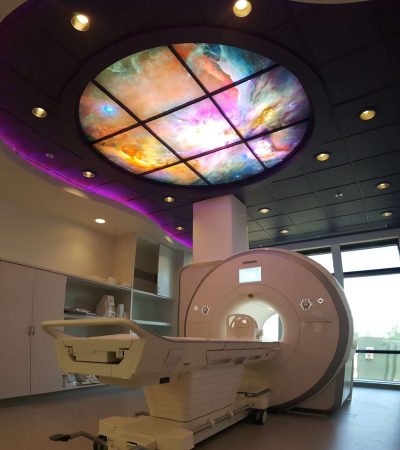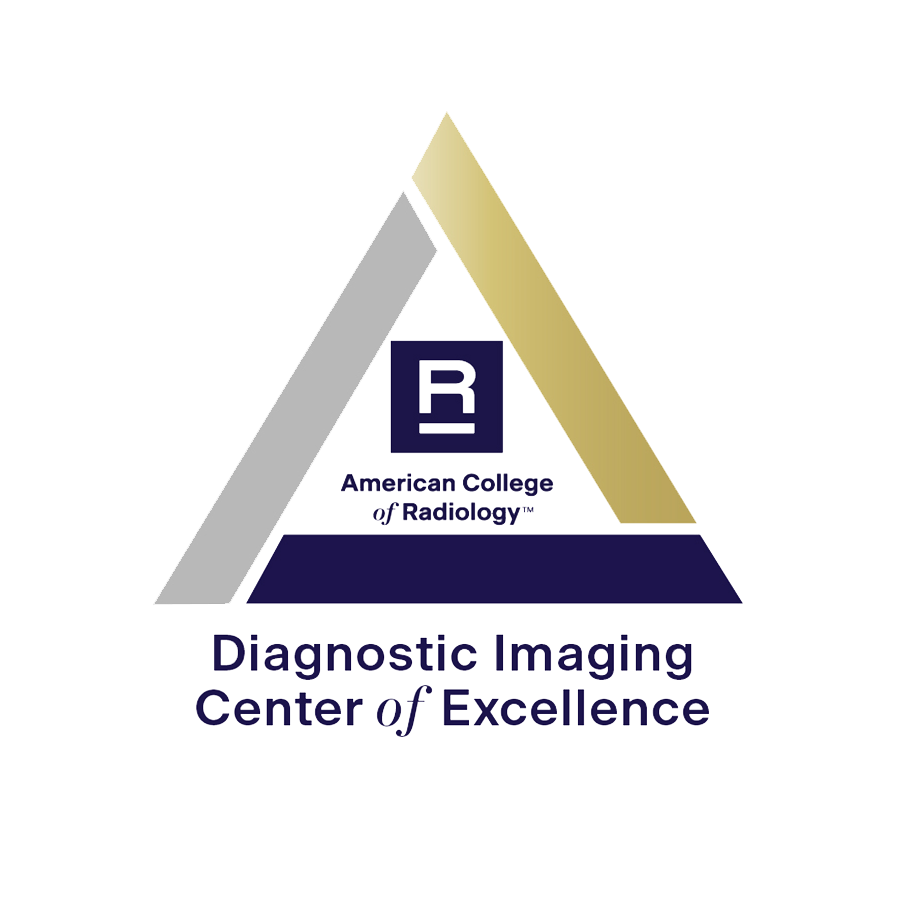Medical Center » Services » Imaging
Advances in radiology and imaging allow safer, more detailed information than ever before. From expectant parents viewing an ultrasound to patients waiting for diagnostic insight, the role of imaging services is crucial for so many of our patients. We understand the many circumstances that may lead you to need our services, and we pledge to offer our compassion and expertise to make your visit as calm and helpful as possible.


This facility is accredited by the ACR for imaging services. You have the right to submit your concerns about this facility’s radiology imaging and treatment services. View Notice to Parents here.
Imaging Services at Hutchinson Regional Medical Center is a completely digital facility. When we take an image, it is instantly displayed for viewing. Digital imaging also requires less radiation, lessening the radiation exposure for all patients.
We invite you to learn about the advanced digital capabilities offered by Hutchinson Regional Medical Center Imaging Services:
Computed Tomography (CAT scan) is very useful in studying internal organs, vessels, and bones.
MRI uses Radiofrequencies (RF) and a strong magnetic field to acquire extremely detailed images of the body. MRI does not use radiation like traditional x-ray and CT.
MRI is used to image the body in a variety of ways including:
New equipment offers relief for many patients. The new and powerful 1.5 Tesla MRI magnet is equipped with a short, wide opening to help patients with claustrophobia. The machine provides higher resolution and decreased scan times for your comfort. A beautiful skylight and large window also help create a spacious environment.
If you are claustrophobic or have any metal or implanted medical devices, please let your doctor and Imaging Services know before scheduling so we can help you be as comfortable as possible.
Ultrasound imaging or Sonography uses sound waves and their echoes to capture the image. Ultrasound does not use radiation. For your ultrasound exam warm gel will be placed on the skin to image anatomy with a transducer that is pressed against the region of interest. Ultrasound is commonly performed on internal organs, fetus in utero, and veins and arteries.
X-ray uses small doses of ionizing radiation to produce images. It is used in various ways to image lungs, abdomen, spine, and extremities (arms, legs, feet, hands). Our facility utilizes all digital imaging for shorter exams and less radiation for patients.
We have the ability to bring our X-rays straight to your room with one of our three digital portables. In order to acquire the x-ray a board will be placed behind or under you. This may cause some discomfort. If you are feeling uncomfortable please let us know.
Fluoroscopy uses ionizing radiation for live imaging. It is typically used to examine the gastrointestinal tract such as the esophagus, stomach, small intestine, and colon. It can also be used as needle guidance for contrast injections.
It can also be used as needle guidance for contrast injections.
In order to image the gastrointestinal tract we use oral contrast that might have a vanilla chalky taste. After drinking contrast our Radiologists will guide the Fluoroscopy tube over your body and watch the oral contrast as it moves through your anatomy.
When using Fluoroscopy for needle guidance we will inject contrast into the anatomy of interest. That will show up on the CT or MRI scanner after your injection. During your exam our Radiologists will numb the area of interest with lidocaine giving you a bee sting sensation. If you feel excessive discomfort please let our Radiologist know so we can make you as comfortable as possible.
Our multipurpose room is able to provide tomosynthesis, leg length, and scoliosis.
Interventional Radiology also uses ionizing radiation to acquire its images. Our IR room is completely digital and acts like a giant X-ray tube to take images all around you without requiring any movement on the table. Procedures include:
These sterile procedures are performed for you by our Board-Certified Radiologists with specialized training in Interventional Procedures.
Nuclear Medicine uses safe, painless, and cost-effective techniques to image the body and treat disease. It is unique due to its ability to help doctors view how your body is functioning. Exams are completed by using small amounts of radioactive pharmaceuticals given intravenously, orally or by inhalation. After these pharmaceuticals have been given our Certified Nuclear Medicine Technologist will image the organ of interest at different times with our Gamma Camera.
Additional Resources
1701 E 23rd Ave
Hutchinson, KS 67502
620-665-2000
Visitation Hours:
M-F 6:00 am – 9:00 pm
Sat-Sun 7:00 am – 9:00 pm